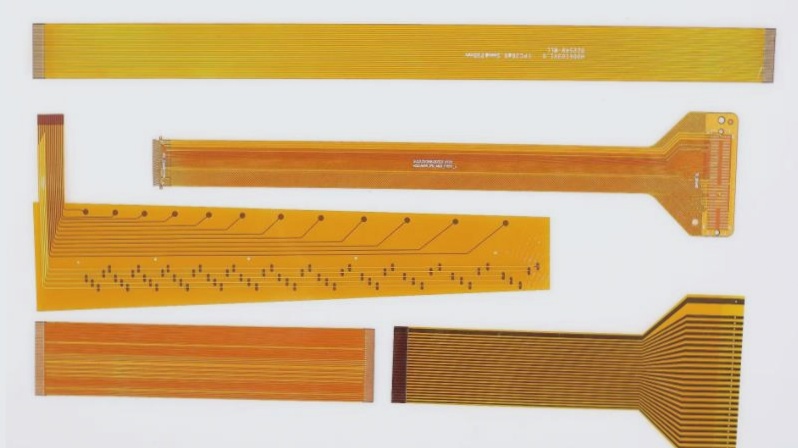1. Some might suggest simply replacing the component to see if that resolves the issue. If the PCBA functions properly afterward, it points to a problem with the main control IC. However, this approach is the least effective and should be a last resort.
2. Firstly, some main control ICs are small single-chip microcontrollers, which are easier to solder and more cost-effective. In contrast, certain chips come in BGA formats, making their solder joints more expensive and their processing more complex.
3. Thus, as an electronic engineer, when investigating issues with the main control IC, it’s essential to first examine all other related circuits before considering the IC itself.
4. For instance, let’s analyze the “no boot” phenomenon to explain this process further:

1. If the machine fails to power on, the most probable cause is an issue with the main control IC. The key factor affecting its functionality is the power supply. First, check whether the power supply voltage is within the normal range, typically 3.3V or 1.2V. If the voltage is abnormal, verify for any open circuits in the line, and if none are found, examine the power supply voltage circuit. If the voltage is normal, proceed to the next step.
2. Next, assess whether the crystal oscillator of the IC is functioning correctly and if the waveform appears normal. If it’s not, the crystal oscillator may be faulty, and replacing it with a new one is advisable. Typically, a crystal oscillator circuit consists of the oscillator plus two capacitors for fine-tuning frequency and waveform; however, some circuits may also include a resistor in parallel or series.
3. Additionally, check if the input and output signals of the main control IC are functioning properly. For example, when pressing the remote control button, verify whether the output signal from the receiving head changes accordingly. If it does, yet the IC fails to recognize the signal, measuring a specific output signal can help determine any anomalies. An abnormal signal indicates that the controlled part of the circuit is likely malfunctioning, suggesting a problem with the main control IC.
4. Finally, confirm whether the main control IC has any poor solder joints. If the connections appear intact, an X-ray inspection can be conducted. For cold solder joints, re-balling and re-soldering the IC is necessary. If issues persist, it indicates no cold soldering exists. Many technicians opt to replace the IC to verify functionality. There’s also a rare possibility that replacing multiple ICs may not resolve the issue, as the problem could stem from the PCB design and manufacturing accuracy. Specifically, a copper leak from the PCB via hole beneath the IC may lead to a short circuit on the pin connections, though this occurrence is exceedingly uncommon.




